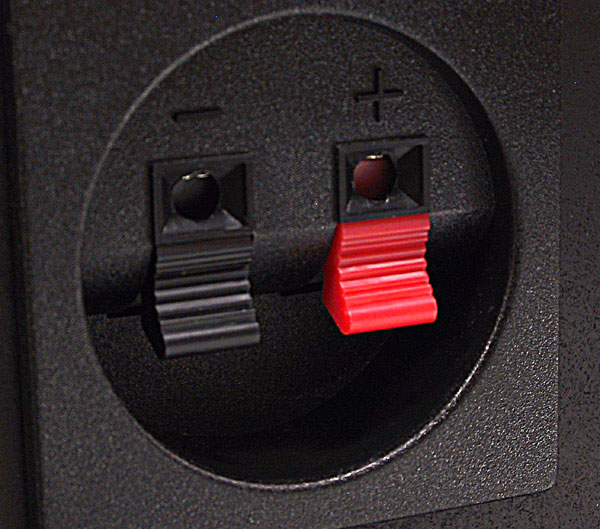Before anything, I want to ensure all of you that yes, I have tried everything on the troubleshooting checklist prior to creating this post (checklist: https://forums.tomshardware.com/faq...deo-output-troubleshooting-checklist.1575220/)
Hello, and thanks for opening the thread. Let me give a quick summary of how the problem started, and what I've tried:
I have not made any physical changes to the computer - it's worked fine for the past few months (the last time being this exact same problem), and I haven't had the need to make any replacements or adjustments. I attempted to turn it on today after using it last night, and was met with a no signal to monitor message. I'm completely out of ideas, but I am sure that there are people who know more about computers than me on here!
What I have tried thus far:
Hello, and thanks for opening the thread. Let me give a quick summary of how the problem started, and what I've tried:
I have not made any physical changes to the computer - it's worked fine for the past few months (the last time being this exact same problem), and I haven't had the need to make any replacements or adjustments. I attempted to turn it on today after using it last night, and was met with a no signal to monitor message. I'm completely out of ideas, but I am sure that there are people who know more about computers than me on here!
What I have tried thus far:
- Unplugging and replugging both monitors back in.
- Only booting with one monitor plugged in (attempted both).
- Replacing the HDMI cable with an identical one (attempted both).
- Attempted to use both a VGA and DVI cable separately with one of my monitors.
- Attempted to use on-board video after removing my graphics card.
- Removed each stick of RAM and booted the computer, testing both pieces of RAM and each of my four RAM slots individually.
- Removed my graphics card and put it back into place.
- Inserted my graphics card into a different slot on my motherboard.
- Removed my CMOS battery and waited 5 minutes, along with holding the power button for 30 seconds.
- Removed my PSU and substituted it with a different one (along with then doing a RAM/RAM slot test again).
- Shorted the CMOS jumper while the system was both off and unplugged (this solution has worked for this problem in the past).
- Windows 7 OS
- MSI Z97 Gaming 5 Motherboard
- GeForce GTX 1050 Ti OC 4G Graphics Card (**Note, this graphics card does NOT have a power port in it and only receives power from the motherboard!)
- Intel Core i7 Processor
- Corsair H60 CPU Cooler
- BFG Ex-1000 1000W Power Supply
- Seagate BarraCude ST2000DM008 2TB Hard Drive (Note: does not contain OS or display drivers)
- Samsung 850 EVO Solid State Drive (Contains OS & drivers).
- 8 GB DDR3 PNY RAM stick (x2)





